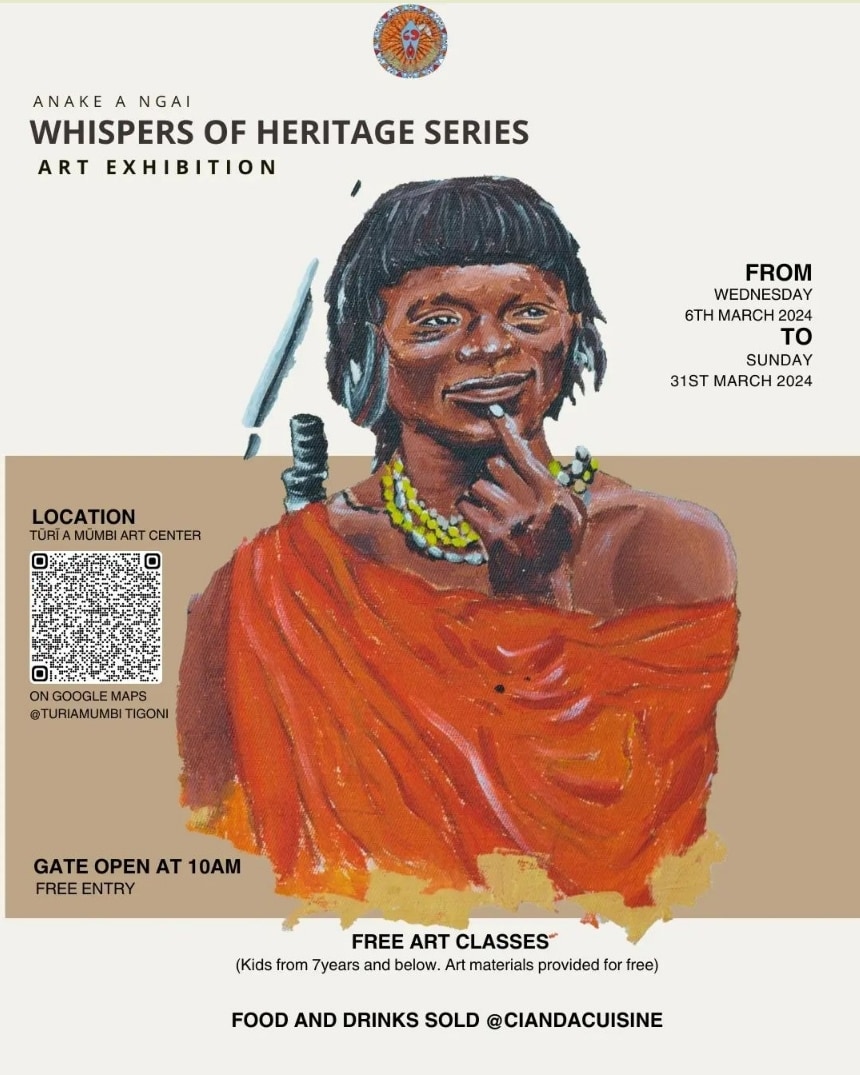HISTORY OF VALENTINES
Each and every year, the 14th of February is one special day for most couples around the world. This is signified by the much exchange of flowers, candy, chocolate, laughter, gifts, the dress code being red or a touch of red and lots of surprises. This is all in the name of St. Valentine.
But the question we ask is, who is this St. Valentine and where did all these so held onto traditions have originated from? Some are added back to the ancient Roman rituals to the customs of Victorian island
One legend suggested that Valentine was a priest who served during the third century in Rome. When Emperor Claudius II decided that single men made better soldiers than those with wives and families, he outlawed marriage for young men. Valentine, realizing the injustice of the decree, defied Claudius and continued to perform marriages for young lovers in secret. When Valentine’s actions were discovered, Claudius ordered that he be put to death.
While in custody it is believed he used to write to a young girl who secretly came in to see him. Before his death, it is alleged that he wrote her a letter signed “From your Valentine,” an expression that is still in use with our world.
Some also believe that Valentine’s Day is celebrated in the middle of February to commemorate the anniversary of Valentine’s death or burial.
There also was a pagan festival made to commemorate ‘lupercalia’ whereby priests would sacrifice a goat, for fertility, and a dog, for purification. They would then strip the goat’s hide into strips, dip them into the sacrificial blood and take to the streets, gently slapping both women and crop fields with the goat hide.
Far from being fearful, Roman women welcomed the touch of the hides because it was believed to make them more fertile in the coming year. Later in the day, according to legend, all the young women in the city would place their names in a big urn. The city’s bachelors would each choose a name and become paired for the year with his chosen woman. These matches often ended in marriage.
Lupercalia was deemed “un-Christian”–at the end of the 5th century, when Pope Gelasius declared February 14 St. Valentine’s Day.
It was not until much later, however, that the day became definitively associated with love. It was also believed that in France and England that February 14 was the beginning of birds’ mating season, which added to the idea that the middle of Valentine’s Day should be a day for romance.
By the middle of the 18th, it was common for friends and lovers of all social classes to exchange small tokens of affection or handwritten notes. Have you written your letter? Have you bought a gift? Have you reminded someone of how you love them?
Hoping love comes and is embraced on this day as we keep in mind and heart why we love each other.




















